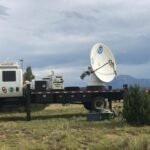
You likely know the NOAA National Severe Storms Laboratory (NSSL) for its tornado research or radar developments, and its support of the National Weather Service (NWS) mission. However, you may not know the lab has…

You likely know the NOAA National Severe Storms Laboratory (NSSL) for its tornado research or radar developments, and its support of the National Weather Service (NWS) mission. However, you may not know the lab has…
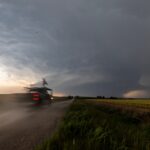
The way violent tornadoes in the United States are rated has changed over time, resulting in no EF5-rated tornadoes since 2013, according to researchers from the NOAA National Severe Storms Laboratory in a paper published…
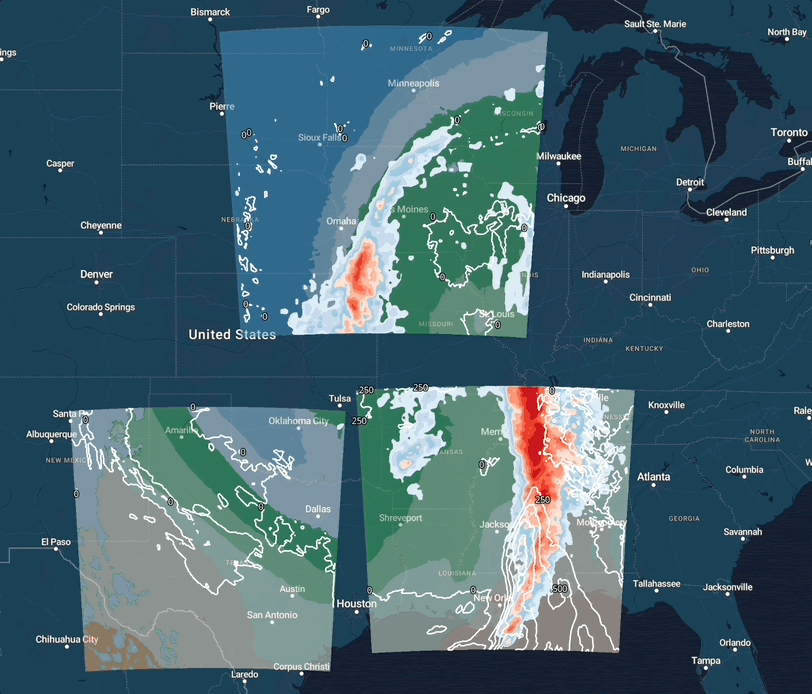
For the first time, the NOAA National Severe Storms Laboratory’s Warn-on-Forecast System (WoFS) has successfully run short-term forecasts for three geographic areas at once—predicting severe weather, winter weather, and fire weather. The historic milestone demonstrates…

For more than 30 years, the nation’s weather forecasting has relied heavily on the NEXRAD radar network. This network has been the global gold standard in weather radar, however the system is reaching the end of its designed lifespan.
Phased array radar stands as a potential paradigm-shift solution for the future of weather radar in the United States.

LIFT (Low-Level Internal Flows in Tornadoes) seeks to better understand winds in the lowest levels of tornadoes. To do so, scientists will have to get up close and personal.
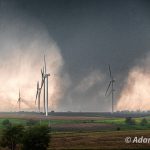
SCIENCE IMPACT: NSSL’s Warn-on-Forecast System yields 75 lead time on Greenfield, Iowa tornado, demonstrating potential for long-range tornado warnings.

NSSL’s Low-Level Internal Flows in Tornadoes experiment, or “LIFT”, intercepted a violent tornado southeast of Duke, Okla., gathering a data set that could prove to be significant in our understanding of tornado winds at the ground level.

The Warn-on-Forecast System is a revolutionary approach to forecasting severe weather and tornadoes that could lead to a historic leap in warning lead times.
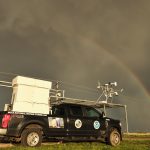
The NOAA National Severe Storms Laboratory is back in the field, testing tornado hypotheses with the DELTA Project.